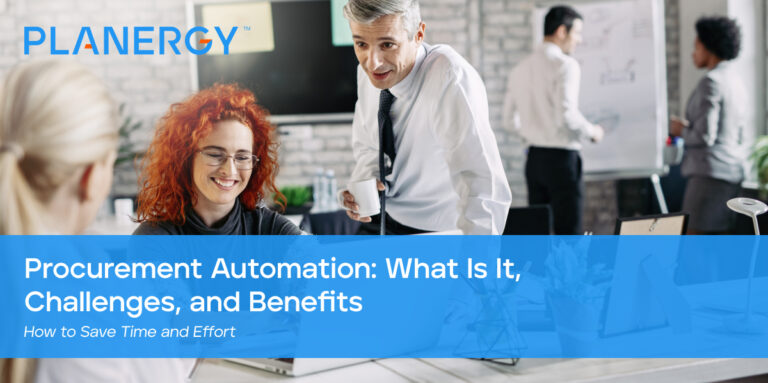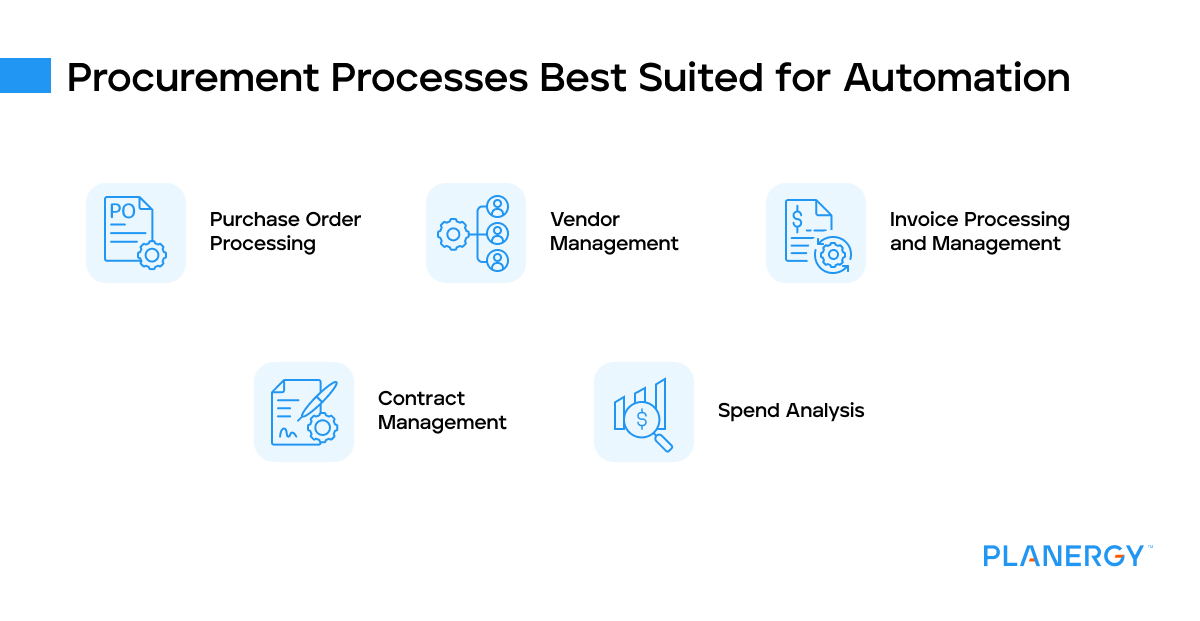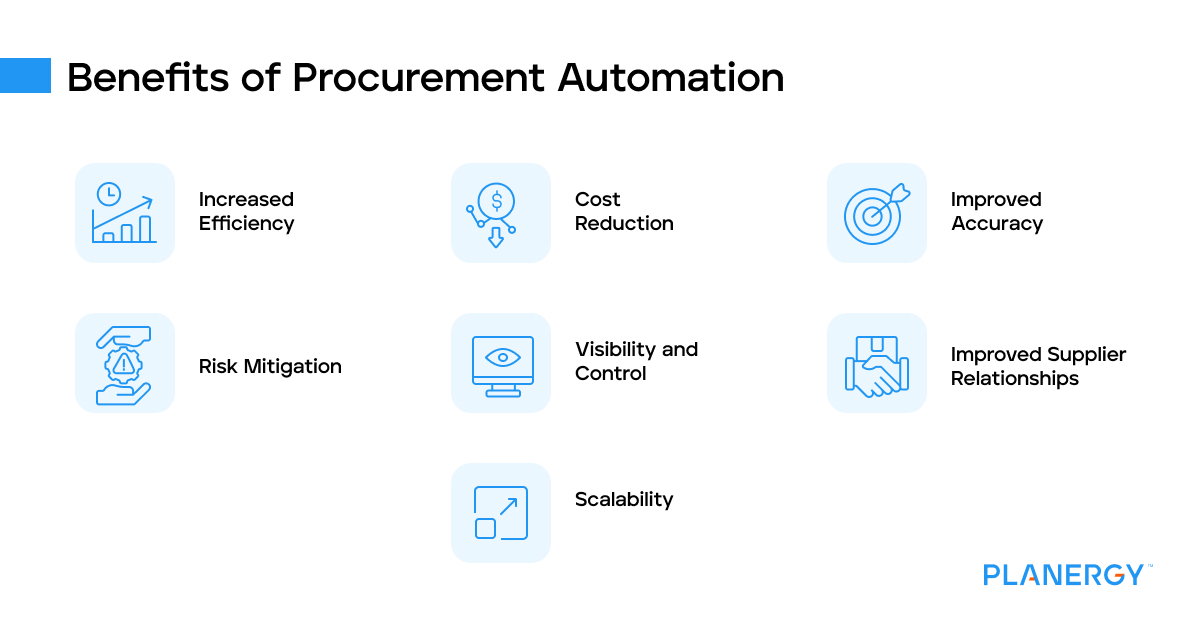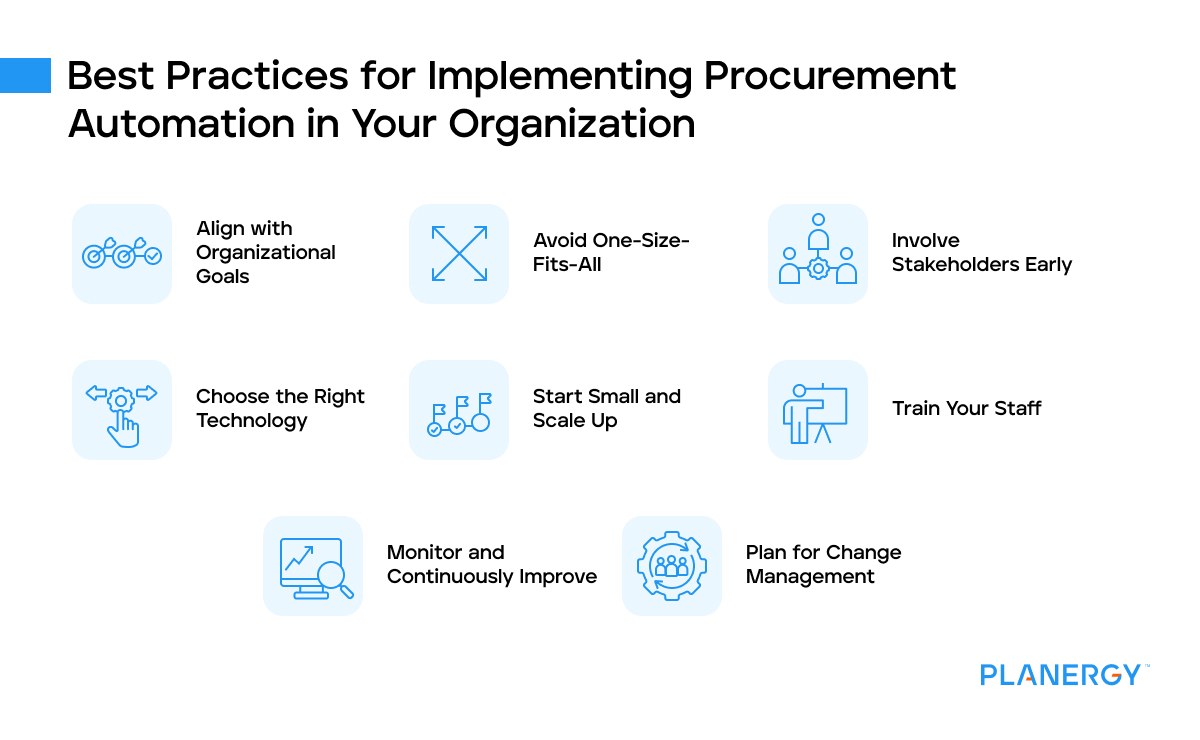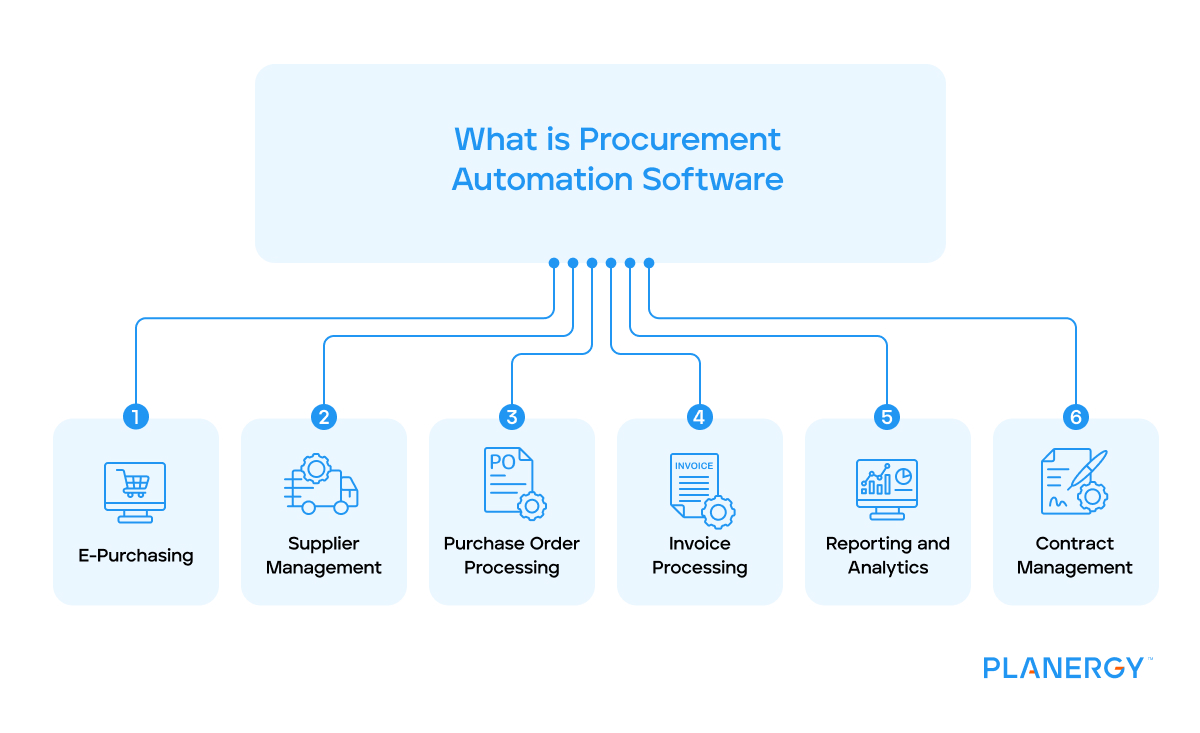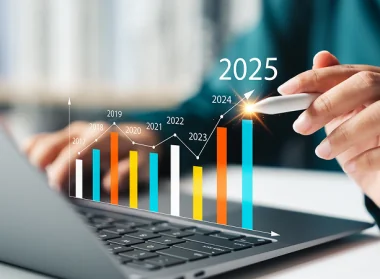To avoid common mistakes and meet common challenges head on, it is important to follow best practices when implementing procurement automation. Here are some key things to consider.
Align with Organizational Goals
Before you start automating, ensure that your automation strategy aligns with your organization’s overall goals.
This will ensure that your procurement processes support your business objectives and deliver the expected benefits.
Avoid One-Size-Fits-All
Every organization is unique, and so are its procurement needs.
Avoid adopting a one-size-fits-all approach to automation. Instead, identify the specific areas within your procurement processes that will benefit most from automation and focus on them.
Involve Stakeholders Early
Procurement automation affects various stakeholders, including employees, suppliers, and customers. Involve these stakeholders early in the process to understand their needs and concerns and to gain their buy-in.
Choose the Right Technology
There are many procurement automation tools available in the market. Choose the one that fits your needs best.
Consider factors like ease of use, integration capabilities, scalability, and support when selecting a tool. Don’t be afraid to schedule demos with multiple automation platforms to see what you think will work better.
Assessing the level of purchasing complexity a software solution can handle is crucial to choosing the right one.
Take a look at your typical procurement automation workflow to see how well the program you’re considering using is able to be customized to meet it.
Consider your future business growth projections too. The software you choose should work for the company you are planning to be in the coming years and not just fulfill your current requirements.
It’s also worth noting that if a software solution is too complex, it will be difficult to get staff members across the company to adopt it.
This will lead to lack of compliance, rogue spending and a potential paperwork nightmare if manual processes are still being used.
You want to find something complex and robust enough to handle your current workflows but still remain easy enough to use so that even those who are not very technologically savvy can still use it intuitively.
PLANERGY is procurement automation software that is easy to use but has deep customization options to suit current and future needs.
Start Small and Scale Up
Start by automating a single process or a part of a process.
For example, you could implement purchase order software initially and expand when you are more comfortable.
This will automate the purchase requisition through to purchase order process. Once a purchase request is submitted, it’s automatically routed to the appropriate team member for approval. Higher value orders might go through a multi-step approval process.
Once it’s approved, it automatically converts to a purchase order, which gets sent to the supplier for processing.
This will allow you to learn from the experience, fix any issues, and demonstrate the benefits of automation.
Once you’re comfortable, you can scale up and automate more processes.
Train Your Staff
Ensure your staff are trained on the new automated systems. This will help them understand how to use the system effectively and how it will benefit them.
Monitor and Continuously Improve
Once you’ve implemented procurement automation, monitor its performance and impact regularly. Use the insights gained to improve your processes and your automation strategy continuously.
Plan for Change Management
Change can be difficult for people to accept. Plan for change management to help your staff adjust to the new processes and address any resistance or concerns.
Plan for the worst to ensure you will get the best results.

